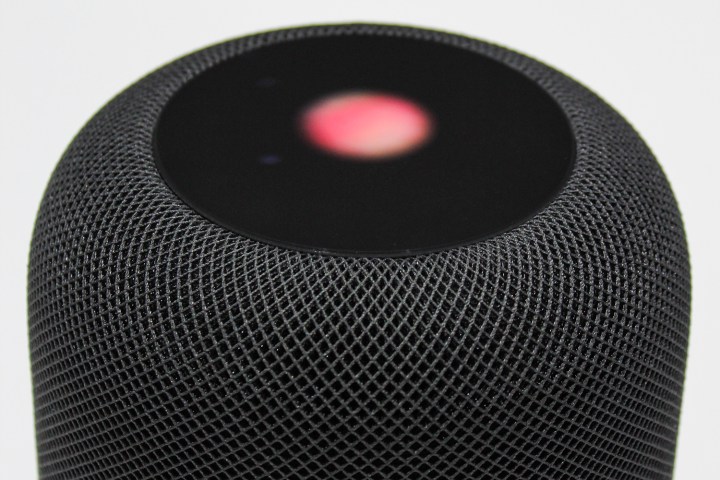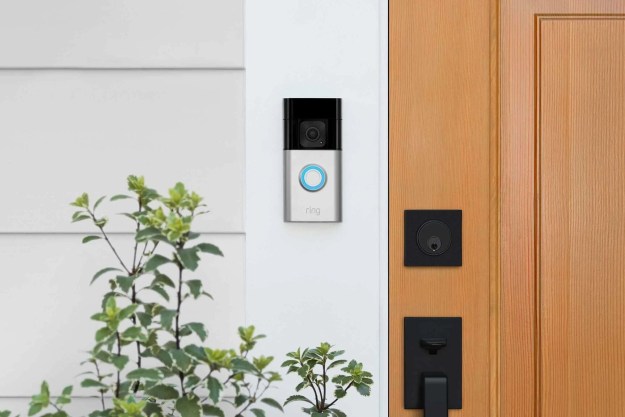
To help buyers of the Siri-powered smart speaker set up the $350 device and get to grips with some of its features, Apple has released three short video tutorials. And, of course, Digital Trends now has its HomePod review posted.
They come a couple of days after the launch of a microsite offering a number of tips and tricks to help people get the most out of their new HomePod.
The first (below) shows you how to quickly adjust your HomePod settings, done by opening the Home app on your iPhone, tapping on the HomePod card, and then on Details. You’ll then see a few options regarding things like your linked Apple Music account and whether you want your listening history to influence Apple’s track recommendations. A filter button also allows you to block “explicit content” from Apple Music’s selections so Gran won’t have her ears burned if she’s visiting.
The options also let you choose Siri’s voice, though you’re limited to accent and gender and so you won’t find anyone like Gordon Ramsay, who can currently be heard hollering through Amazon’s range of Echo smart speakers.
Next up is a short explainer showing you how to use Siri to play music on the HomePod, which we guess is what most owners will be doing with it. With Siri, you can call out requests like, “Play something chill,” and the digital assistant will start playing tracks to hopefully soothe your soul. You can also activate playlists you’ve built yourself simply by asking Siri. If the music isn’t loud enough and you don’t want to cross the room to hit the volume buttons, just ask Siri to “make it louder.” Or “make it quieter” if the neighbors are banging on the wall. Check out the video for other useful options.
The final video explains how to use the HomePod’s touch controls. With so few available, the video only lasts 57 seconds. And here are those controls: Tap to pause a track, tap to resume, tap twice to skip, three times to go back a track, press the plus or minus button to adjust volume, touch and hold to start Siri, and … er, that’s it.
Apple’s HomePod smart speaker will arrive next in France and Germany — in the spring — with other markets following soon after.
Editors' Recommendations
- SimpliSafe is now using AI to prevent burglars from entering your home
- How to use the Google Home app on a computer
- How to improve Ring Video Doorbell performance in cold winter weather
- Echo Pop vs. HomePod (Gen 2): is the HomePod worth its added cost?
- 6 HomeKit settings you should disable (or adjust) right now


